Key takeaways
- PMI protects the lender, not you: Private Mortgage Insurance (PMI) safeguards your lender if you default on your loan, and it’s typically required on conventional loans when your down payment is less than 20% of the home’s purchase price.
- Multiple strategies to avoid PMI: While a 20% down payment is the most direct route, other options to bypass PMI include using a “piggyback” second mortgage (80/10/10 loan), considering lender-paid mortgage insurance (LPMI), or utilizing specialized loans like VA loans (for eligible service members) or USDA loans (for eligible rural homebuyers).
- PMI can be removed after purchase: Even if you start with PMI, you may be able to remove it later. You can request termination once your loan balance reaches 80% of the original home value, or it may automatically terminate at 78%. Removal is also possible if your home’s value has significantly increased.
Private mortgage insurance (PMI) protects the lender — not the buyer — if you default on your loan. It’s commonly required when you put down less than 20% on a conventional mortgage. While PMI can help buyers get into a home sooner, many homeowners want to avoid the added monthly cost if possible.
The good news: avoiding PMI is achievable, and there are several strategies that don’t require a full 20% down payment. Below, we’ll walk through practical ways to reduce—or eliminate—the need for PMI based on today’s lending guidelines.
What is PMI?
PMI (private mortgage insurance) is an insurance policy that lenders require for many conventional loans when the borrower puts down less than 20%. The cost is typically added to your monthly mortgage payment and continues until you reach at least 20% equity in your home. PMI usually costs between 0.5% and 1.5% of the loan balance per year, depending on your credit score, down payment, and lender.
How much does PMI cost?
PMI costs vary based on your loan amount and borrower profile. Your lender will calculate the exact amount, but here’s a general estimate:
- Loan amount: $500,000
- Credit score: strong
- Down payment: 5%
PMI might cost $200-$450 per month, depending on your mortgage insurance provider and your financial profile.
Improving your credit score or raising your down payment amount — even slightly — can reduce the cost of PMI.
How much is PMI?
Just like other types of insurance, PMI rates can change daily. So, how do you figure out what you might pay?
Here’s how to calculate your estimated PMI:
- Calculate your annual PMI: Multiply your total loan amount by the current PMI rate (remember to convert the percentage to a decimal).
- Calculate your monthly PMI: Take that annual PMI amount and divide it by 12. This gives you your estimated monthly PMI payment.
Private mortgage insurance example
Let’s put those numbers into perspective with an example. Imagine you’re buying a $400,000 home and your loan amount is the full $400,000. If your PMI rate is 0.75%, here’s how it breaks down:
- Annual PMI: $400,000 multiplied by 0.0075 (the decimal equivalent of 0.75%) equals $3,000.
- Monthly PMI: Dividing that annual amount by 12 months means you’d pay $250.00 each month for PMI.
This added monthly cost highlights why many homebuyers look for ways to avoid PMI if possible.
How to avoid PMI when buying a home?
1. Make a 20% down payment or more
This is the most straightforward way to avoid PMI. If you can put down 20% or more of the home’s purchase price, lenders typically won’t require PMI because you have more equity in the home from the start, which reduces their risk. However, for many individuals and especially first-time homebuyers, saving up such a substantial amount can be a significant challenge.
2. “Piggyback” second mortgage (80/10/10 loan)
This strategy involves taking out two loans simultaneously:
- A first mortgage for 80% of the home’s value.
- A second mortgage (often a Home Equity Line of Credit or HELOC) for a portion of the remaining amount, typically 10%.
- You then make a 10% cash down payment.
This structure is known as an 80/10/10 loan (80% first mortgage, 10% second mortgage, 10% down payment). Since your first mortgage has an 80% loan-to-value (LTV) ratio, you avoid PMI on that primary loan.
Pros of a piggyback loan:
- Avoids PMI.
- Allows you to buy with less than 20% down.
- The second mortgage (HELOC) can sometimes be paid off faster, freeing up funds.
Cons of a piggyback loan:
- You’ll have two monthly mortgage payments.
- The interest rate on the second mortgage is often higher than the first mortgage and can be adjustable (variable).
- You’ll likely incur closing costs for both loans.
- Qualifying for two loans can be more complex and may require a higher credit score.
3. Lender-Paid Mortgage Insurance (LPMI)
With LPMI, the lender pays for the mortgage insurance premium instead of you paying it directly. In exchange, the lender typically charges you a slightly higher interest rate on your mortgage.
Pros of LPMI:
- No separate monthly PMI payment.
- Potentially lower monthly out-of-pocket payment compared to borrower-paid PMI.
Cons of LPMI:
- The higher interest rate lasts for the life of the loan (unless you refinance), even after you’ve built significant equity. With traditional PMI, you can usually get it removed once you reach 20-22% equity.
- Over the long term, LPMI can end up costing you more than traditional PMI.
4. Choose a loan program that doesn’t require PMI
Not all mortgage programs require traditional PMI:
VA loans (0% down)
Available to qualifying veterans and active-duty service members. VA loans never require PMI, though they do include a one-time funding fee.
USDA loans (0% down)
Designed for eligible rural and suburban areas. While USDA loans don’t use PMI, they do require guarantee fees, which typically cost less than PMI.
Some specialty conventional loans
Some lenders offer no-PMI loans for borrowers with excellent credit, though these may have stricter qualification requirements.
5. Improve your credit score
Your credit score influences your PMI rate. A better score generally means a lower PMI cost. Raising your credit score from the mid-600s to the low-700s can meaningfully reduce PMI premiums, even if you still need to pay them.
Ways to improve your credit:
- Pay bills on time
- Reduce credit card balances
- Keep old accounts open
- Limit hard inquiries
6. Refinance once you reach 20% equity
If you can’t avoid PMI at the time of purchase, you can still work to remove it later. Once you reach at least 20% equity — either through paying down the loan or through rising home values — you can request that your lender remove PMI. If interest rates are favorable, refinancing into a new conventional loan without PMI may offer even more savings.
How to remove Private Mortgage Insurance (PMI)
Many homeowners pay Private Mortgage Insurance (PMI) as part of their monthly mortgage payment, but did you know you might be able to get it removed? Fannie Mae, a major player in the mortgage market, outlines how this works.
When can you request PMI removal?
You can request that your loan servicer terminate PMI once your loan balance reaches 80% of your home’s original value. Your lender provided you with an amortization schedule when you bought your home. This schedule shows you exactly when your loan balance is projected to hit that 80% mark. Keep an eye on this date and your loan progress, as it’s often when you become eligible to remove PMI.
Automatic PMI termination
Even if you don’t request it, your PMI may be automatically terminated when your loan balance reaches 78% of your home’s original value. However, to avoid paying more than necessary, it’s best to contact your loan servicer as soon as your balance reaches 80% to see if you qualify for early termination.
Requesting termination based on the current home value
If your home’s value has increased significantly since you bought it, you might be able to remove PMI sooner based on its current market value. To explore this option, reach out to your loan servicer to discuss their specific requirements and the process for terminating PMI based on increased home equity.
When PMI can be worth it
Avoiding PMI is a great goal, but it’s not always the right decision. In some situations, paying PMI allows you to buy sooner, giving you:
- Earlier access to equity growth
- Protection against rising home prices
- The ability to secure a home before interest rates increase further
Sometimes the cost of waiting outweighs the cost of PMI.
If paying PMI helps you get into the market earlier — and the monthly cost is manageable — it may still be a smart financial move.
Frequently asked questions
How do I avoid PMI when buying a house?
You can avoid PMI by putting down at least 20% on a conventional loan, using an 80-10-10 piggyback loan, choosing lender-paid PMI (LPMI), or qualifying for a mortgage program that doesn’t require PMI, such as a VA or USDA loan. You can also eliminate PMI later by refinancing once you reach 20% equity.
What is the 78% rule for PMI?
The 78% rule refers to the federal requirement that a lender must automatically remove PMI when your loan balance reaches 78% of the home’s original value, assuming you’re current on payments. This happens through regular amortization, no refinance or new appraisal required.
How much do I need to put down on a house to avoid PMI?
To avoid PMI on a conventional mortgage, you generally need to put down 20% of the home’s purchase price. Some buyers also avoid PMI with alternative structures like an 80-10-10 loan, which requires only 10% down.
How much is PMI insurance on a $400,000 house?
PMI typically costs 0.5% to 1.5% of the loan amount per year, depending on your credit score, loan type, and down payment. For a $400,000 home with a small down payment, PMI could range from roughly $140 to $500 per month.
Bottom line
PMI is a common part of the homebuying process, but it’s not unavoidable. Whether you boost your down payment, explore a piggyback loan, or use a mortgage program that eliminates PMI, you have more options than you might think.
Choosing the best strategy depends on your finances, your long-term plans, and how quickly you want to buy. If avoiding PMI is a priority, talk to your lender early so they can help you compare all available options.
The post How to Avoid PMI When Buying a Home appeared first on Redfin | Real Estate Tips for Home Buying, Selling & More.





Join The Discussion